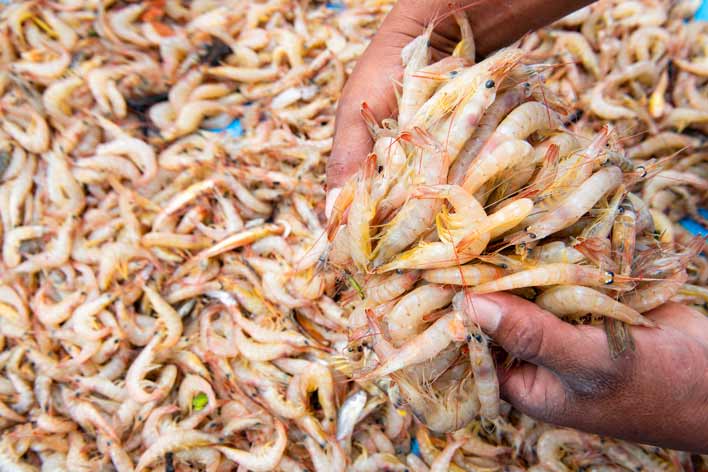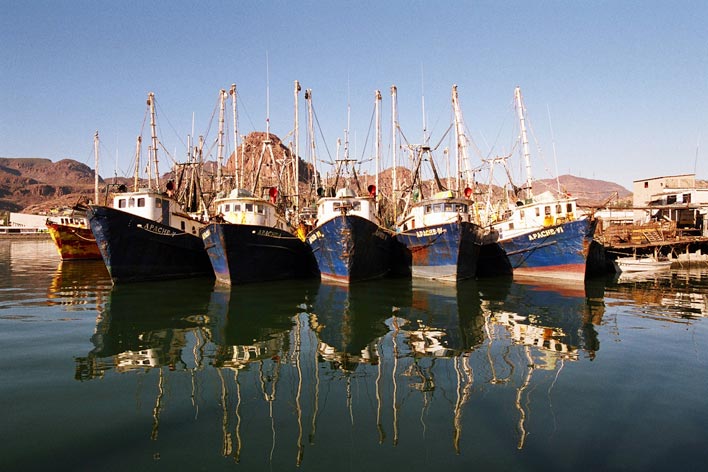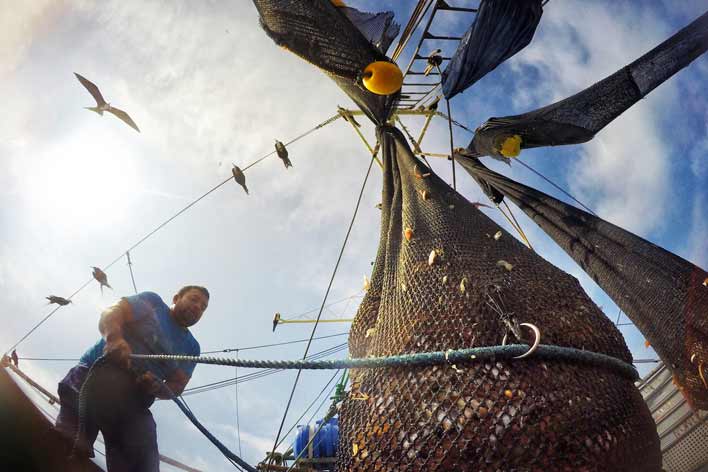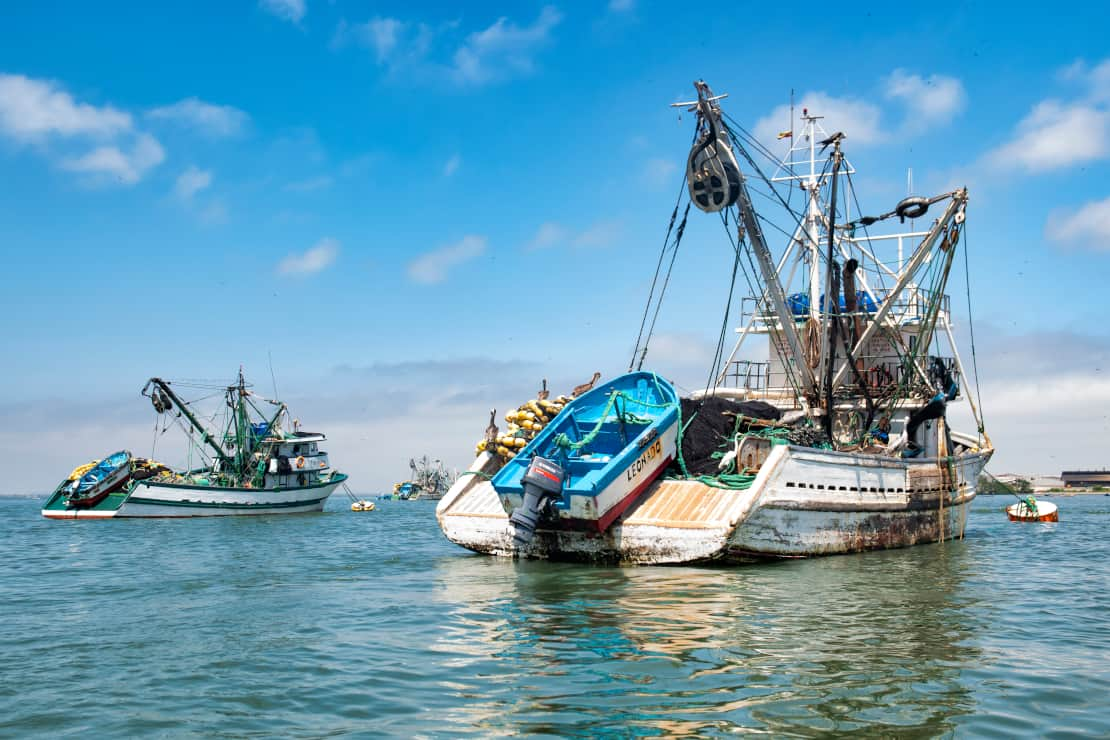What’s Good for the Environment Is Good for Business
As the largest traded food commodity in the world, seafood provides income and sustenance for billions of people across the globe. While trade in fish and fish products is estimated at about US$150 billion, the ocean’s annual “gross marine product” (GMP) –equivalent to a country’s annual gross domestic product –is at least US$2.5 trillion, making the ocean the world’s 7th largest economy. The sustainability of the seafood industry depends upon the sustainability of this already over-taxed resource.
Increasing demand for seafood puts immense pressure on natural resources, potentially undermining their continued viability if they are not carefully managed. Fisheries that are not managed sustainably not only threaten the marine environment but also the economic and social well-being of those who rely on it. Aquaculture industries that don’t respect natural limits risk being short term and financially unstable. As supply and demand trends come ever closer together and competition for resources increases, companies will need to pay closer and closer attention to how and from where they source seafood to ensure that environmental and social risks are duly identified, managed or mitigated. An increasingly erratic supply of seafood creates operational and financial risks for companies from product shortages to pricing fluctuations and erosion of profit margins. Opaque supply chains that hide slave labor and illegally harvested fish also present legal and reputational risks to companies.
The good news is that what’s good for the environment is also good for business. Stable fisheries mean stable supply and pricing. Traceable products enable companies to keep illegal activities out of their supply chains. The risks are many, but so are the tools that companies can utilize to mitigate them.






